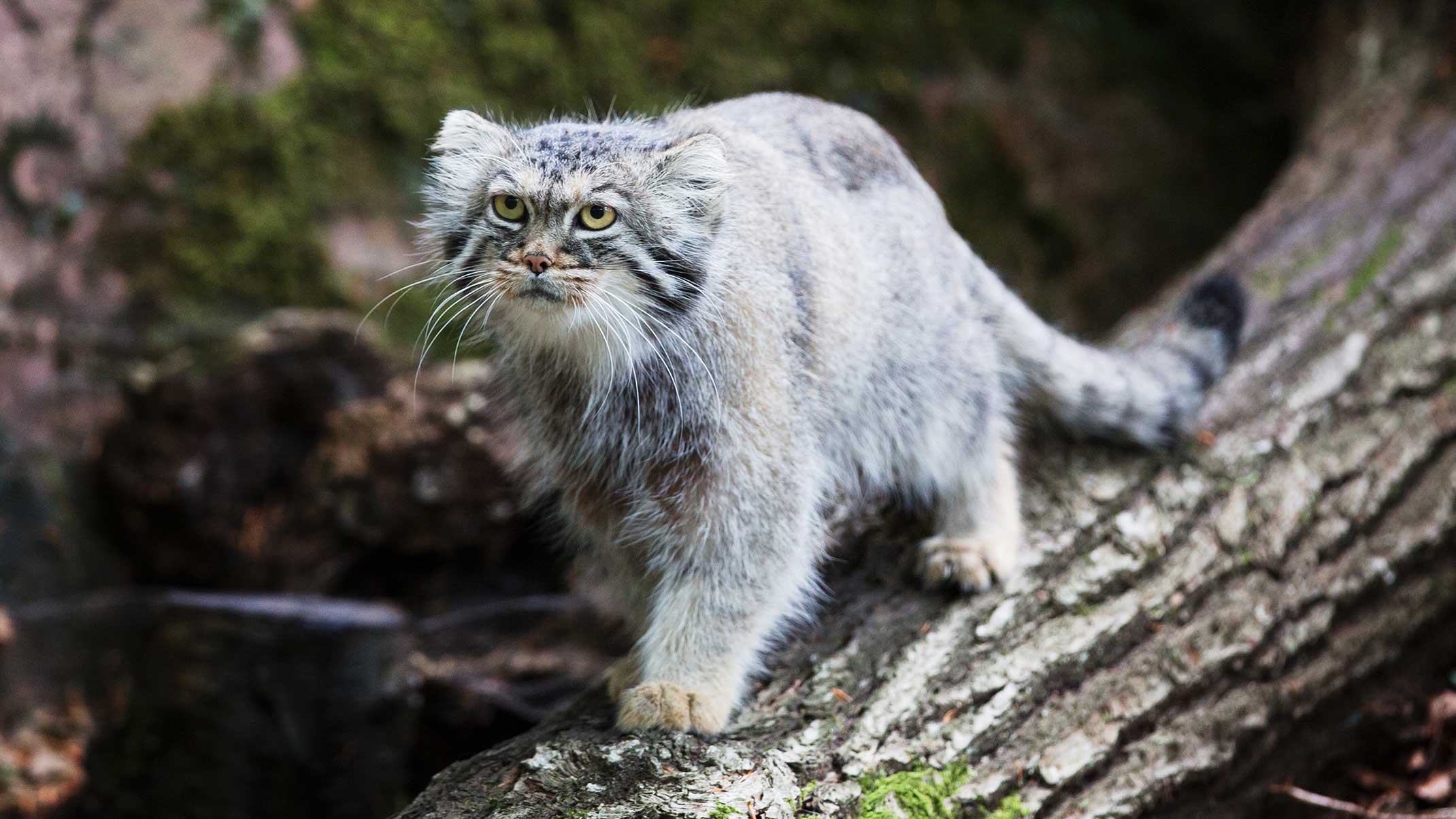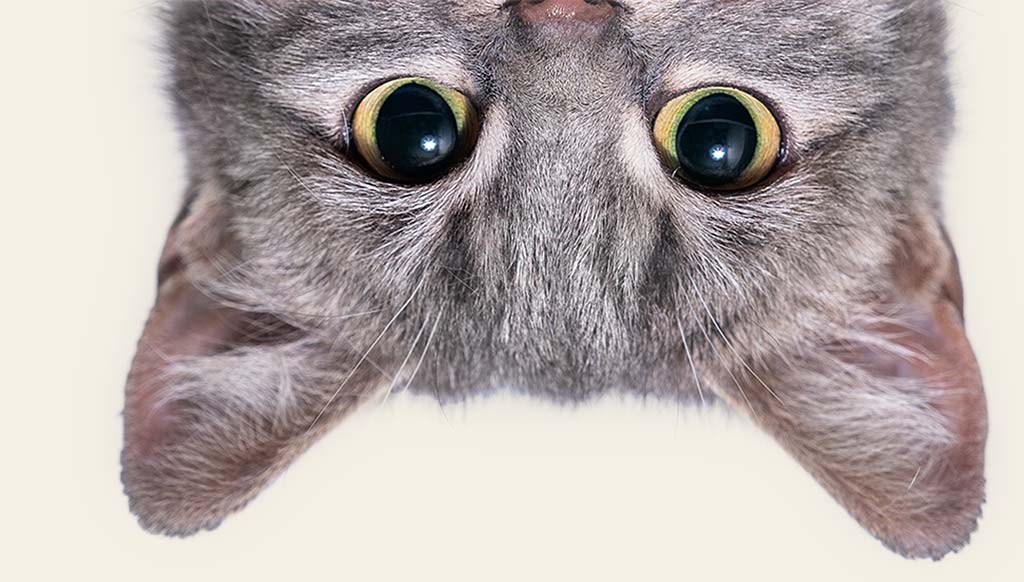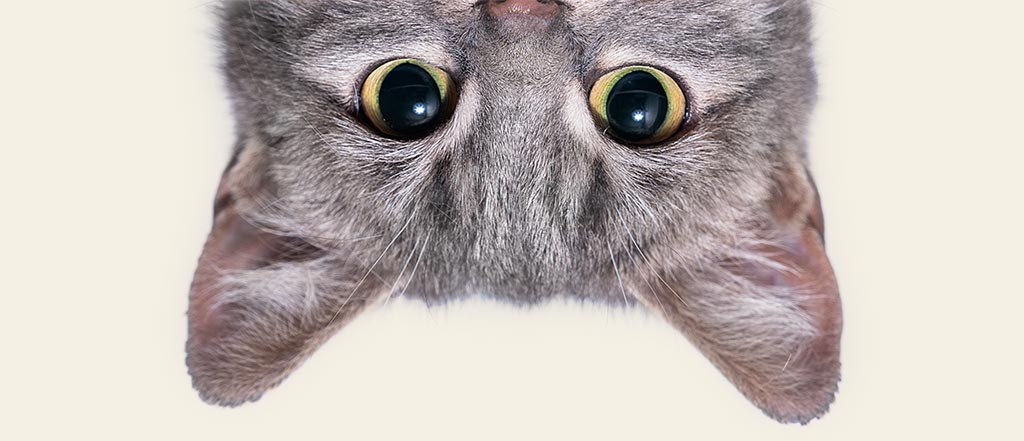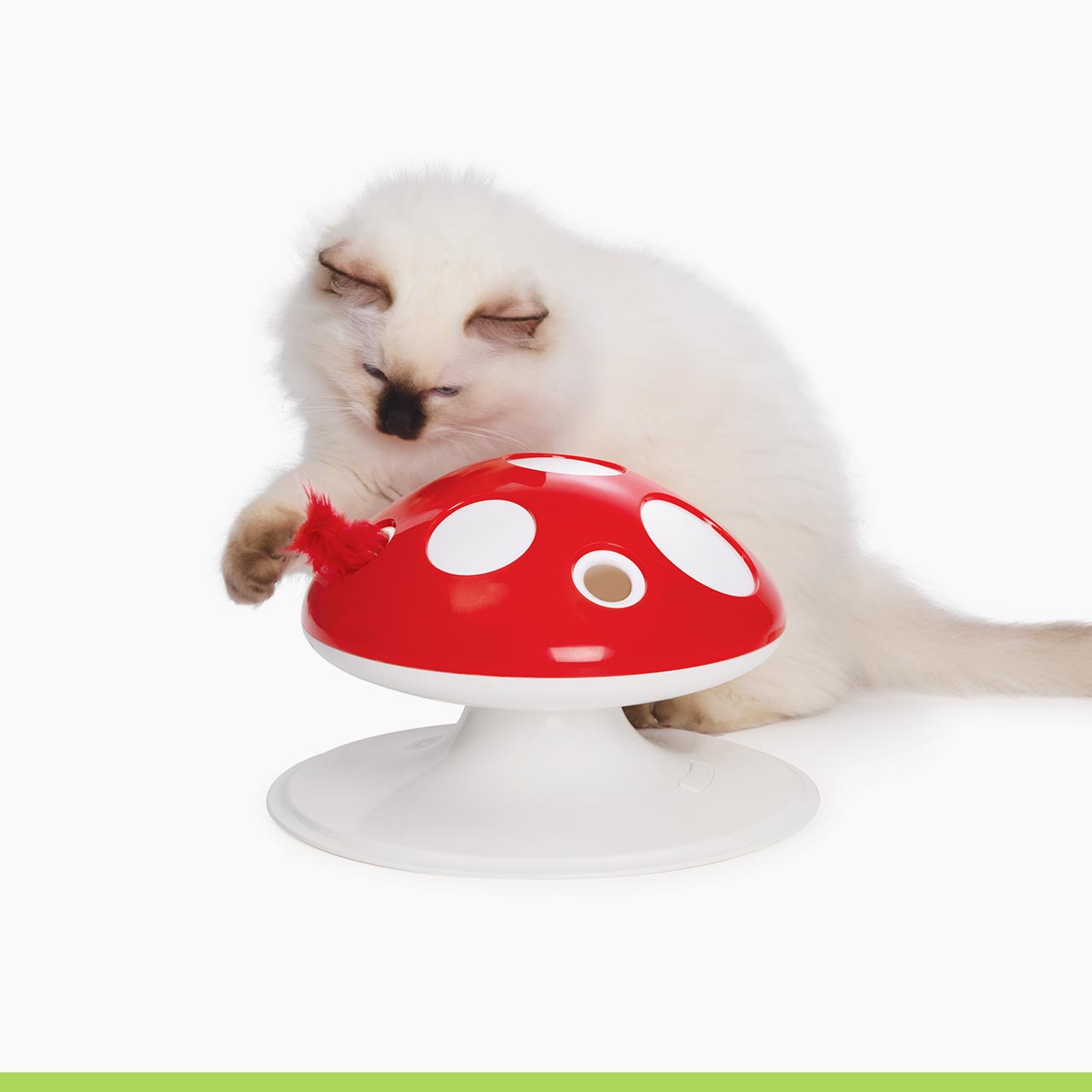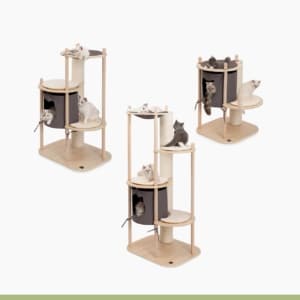In this article
What does a Pallas’s cat look like?
Pallas’s cats have a chonky body, with a round head and short, muscular legs. What’s most remarkable though, is that Pallas’s cats have round pupils, unlike our pet cats, who have slit-shaped pupils. Oh, and did you know that the fur of a Pallas’s cat is the longest and densest fur found on any cat species? Its color ranges from grayish-brown to pale, silvery-gray, which helps the cats to stay camouflaged.
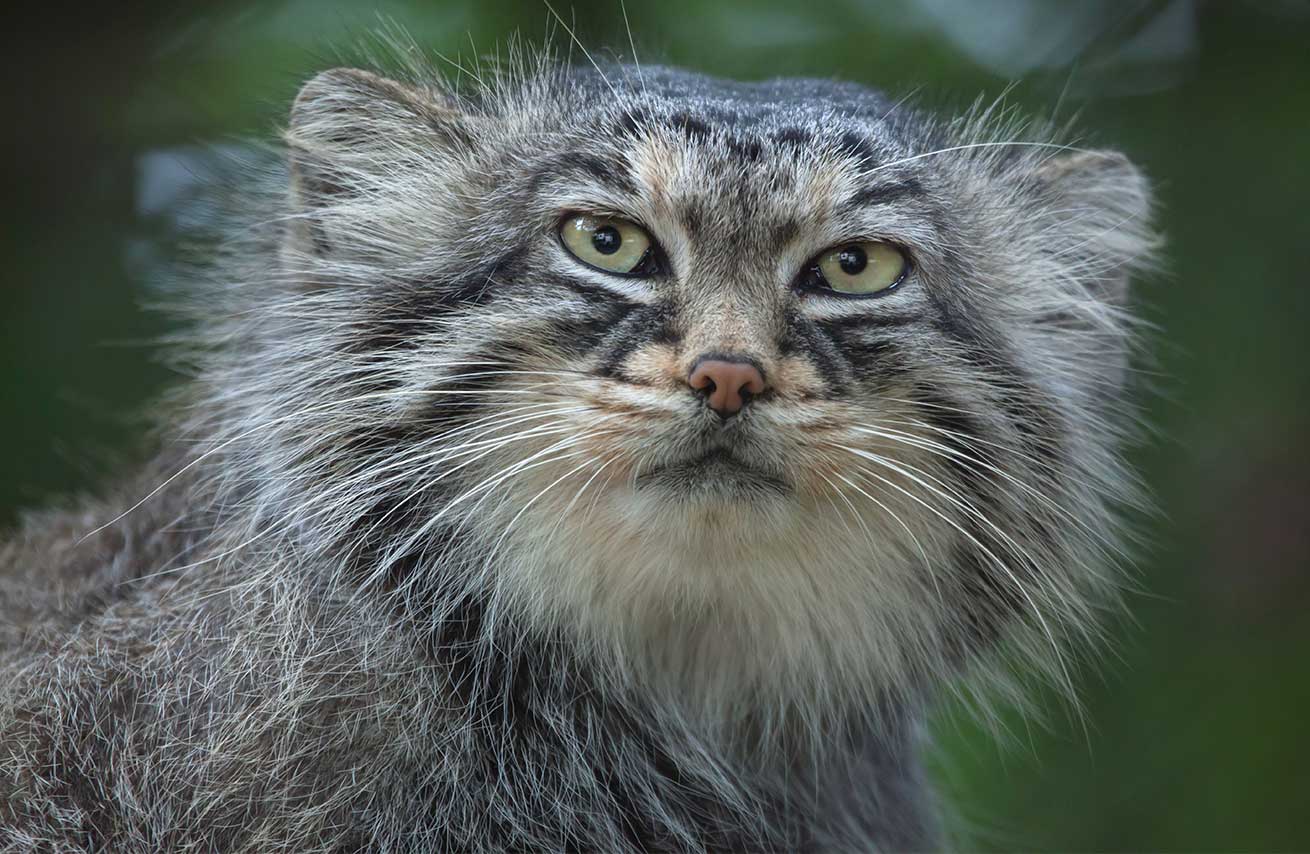
Where did the Pallas’s cat get its name?
The Pallas’s cat was named after Prussian explorer Peter Simon Pallas, who was the first person to write down a detailed description of the cat for research purposes. The Pallas’s cat’s scientific name, however, is rather offensive. Scientists call this cute feline Otocolobus manul, with Otocobulus meaning ‘ugly ears’. How rude!
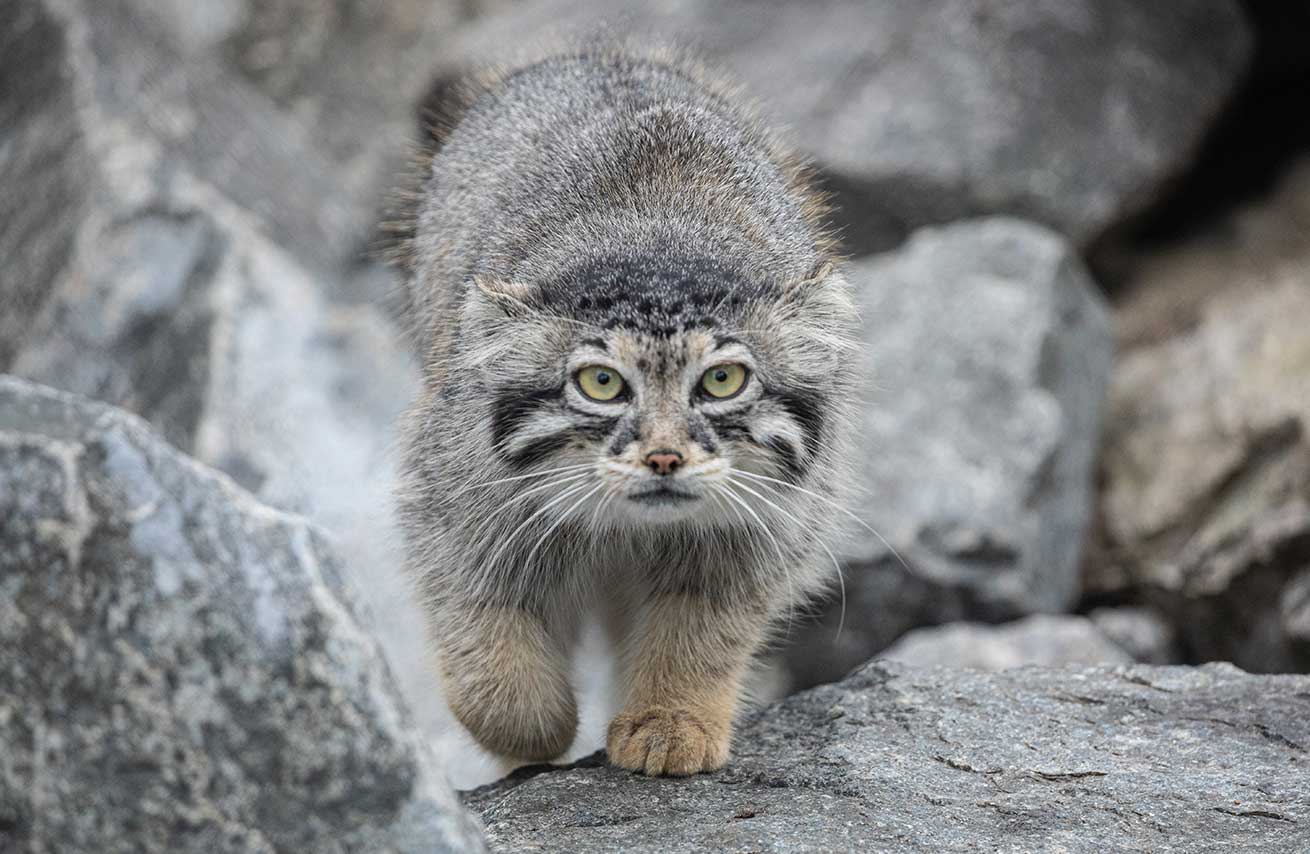
What size is a Pallas’s cat?
Pallas’s cats are much smaller than you might think! While the animal measures 25.6-37.4 inches (65-95cm) in length, its tail makes up for half of that. Pallas’s cats stand only 11.8-13.8 inches (30-35cm) tall and weigh about 10lbs (4.5kg), much like the average pet cat. Pallas’s cats have adorable, relatively small ears so they avoid losing body heat.
Where do Pallas’s cats live?
Pallas’s cats are primarily found in Mongolia, Kazakhstan, Kyrgyzstan, and China, where the felines live at altitudes of up to 18,300ft (5,600m). No wonder they have the longest and densest coat of all cats! A Pallas’s cat’s territory is typically rocky or hilly, so these wild cats like to shelter in abandoned marmot burrows or rock cavities. Do you want to spot a Pallas’s cat in the wild? Try your luck at dusk or dawn, as this is when the cats hunt for their favorite meal: a small gerbil-like mammal called the pika.
Never miss an issue of the FREE My Cat Exclusive digital magazine!

Is the Pallas’s cat an endangered species?
Unfortunately, Pallas’s cats are classified as “near threatened” by the IUCN. While these cats are being hunted for their fur and body parts, the latter which are being used in traditional medicine, agriculture poses an even bigger threat. Pallas’s cat’s main food source is the pika, but farmers are poisoning these little mouse-like animals to protect their crops. As a result, there are few pikas left for the Pallas’s cats to eat, and secondary poisoning has become a big problem, too. And finally, there’s habitat loss and fragmentation caused by farmers claiming vast stretches of land to raise livestock on.
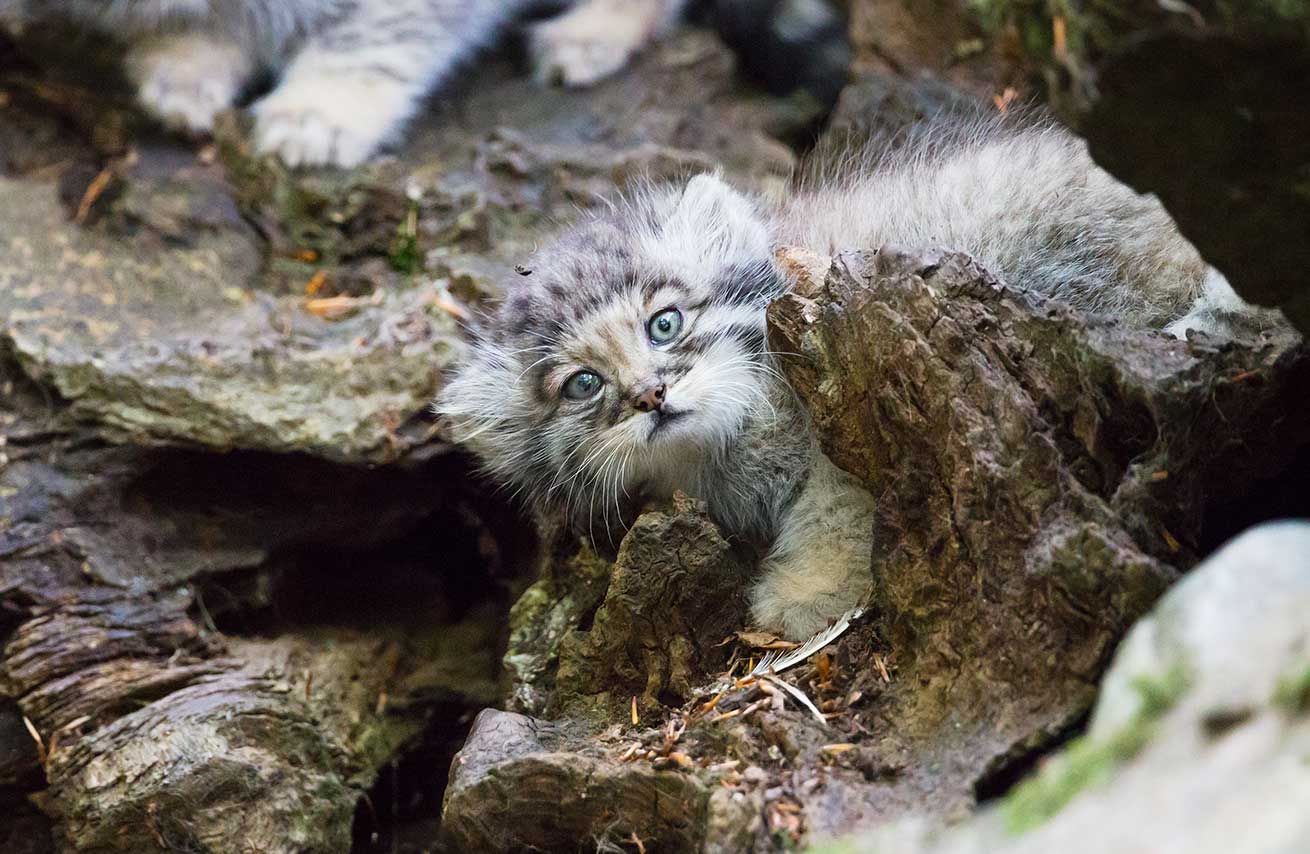
What efforts are being made to prevent extinction?
Conservation efforts for Pallas’s cats are focused on educating people on these amazing cats, on the protection of their habitat, and on studying the cats’ populations and behavior in the wild. Pallas’s cats play an important role in the Central Asian ecosystems and the unique biodiversity of the region, so let’s hope these incredible felines can continue to roam the planet for a long, long time.
Fun facts on Pallas’s cats!
Did you know that Pallas’s cats can wrap their tail around their body for some extra warmth? They can sometimes even be spotted with their front paws placed on top of their fluffy tail to heat up their cold feet.
Did you know that the female Pallas’s cat can only become pregnant for 2 days a year? Since Pallas’s cats are solitary animals, the females must be incredibly lucky to encounter a male during these days. No wonder there are only so few Pallas’s kitties.
